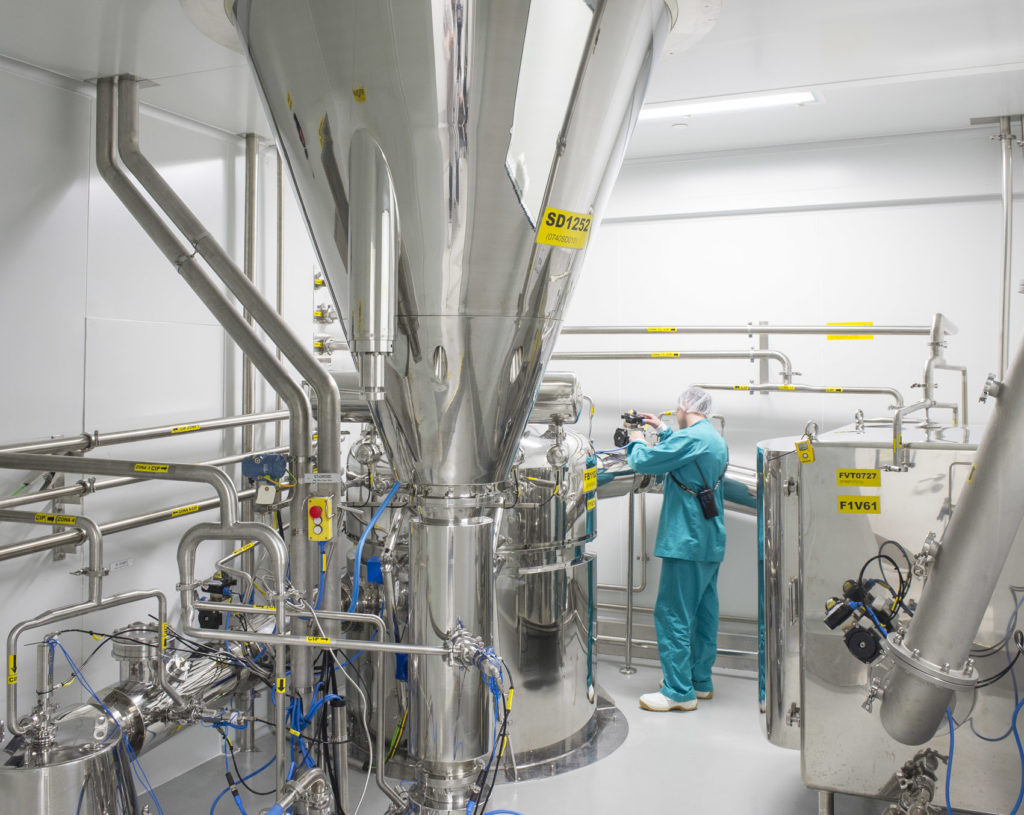The process in which dry powder is produced from a liquid rapidly in contact with hot gas is called spray drying. This is a method that is widely preferred for drying all the thermally sensitive materials such as in the pharmaceutical industry and food technology. The most preferred drying medium is air for the industries. In case the liquid is flammable in nature such as the ethanol or products that are sensitive to oxygen, then for medium purpose nitrogen gas is used.
To understand in details the spray drying mechanism the following things need to be understood.
Nozzle Type
Most of the spray drying industries use particular kind of spray nozzles that are used to disperse the liquid into a very controlled drop size spray. The common kinds of nozzles used are rotary disc and swirl nozzles. In some methods, atomizer wheels allow for consistent distribution of the particles of the liquid. In some specific application, special ultrasonic nozzles are used. The nozzle choice entirely depends upon the industry-specific needs. It is very important to choose the right kind of nozzle size to get the proper drop sizes.
Know Atomization
The atomization of the feedstock characterizes the spray dryer. In this stage, the conditions for evaporation process are created to get the right properties and desired characteristics. Both the nozzles and the rotary atomizers are used in the formation of sprays. To understand the basics of the process of spray drying and how things work you can get in touch with reputed spray drying companies.
Air Contact
The most essential element of a spray dryer is the dry chamber. In this chamber, the liquid comes into contact with the hot gas, forming the process of evaporation. The process in which the spray comes in contact with the air inside the dryer changes the droplet behavior. This happens during the drying phase. This connection between the spray and air is determined by the state of the atomizer and the air inlet.
Drying Of Droplets
The process of droplet evaporation is done in two different stages. In the first stage, the temperature of the air that is saturated remains almost the same as the temperature of the weight-bulb of the drying air. To replace the liquid that has already been evaporated, there remains enough moisture at the bottom of the surface and the evaporation continues in its pace. In the second stage, the moisture does not remain to maintain the saturated conditions inside the surface of the droplets. This causes dried shell.
After this, evaporation entirely depends on the diffusion of moisture through this newly formed shell. In comparison to the first stage, evaporation gets slower in the second stage. Depending upon the kind of product the evaporation rate varies and the characteristics also differ.
Separation
When the drying process successfully completes, the result or the particles of the product has to be separated from the drying air. The primary stage of separation is done as the particles settle at the bottom of the chamber.
Now that you know the essential things about the spray drying process, it is only a matter of finding the right solution for your needs.

